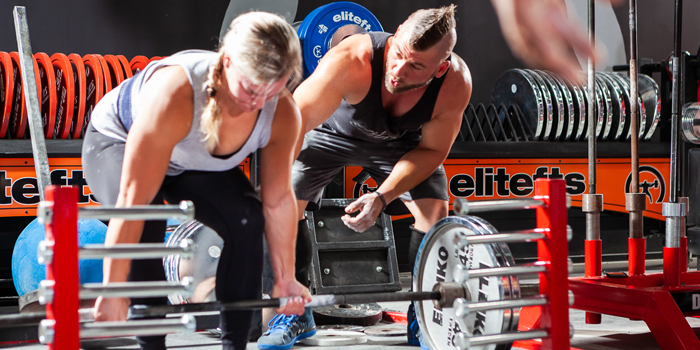
Introduction
I received an email from a coach. I will highlight some of the key points from the email:
- Advice on training protocols, programming, etc. for high school girls lacrosse off/pre/in-season. Exercise selection, volume, intensity, etc. What would be appropriate for beginners?
- There seems to be a missing link at our high schools with our female athletes participating in any strength training. Many of our female coaches are hesitant to adopt any training because what is programmed is geared for football players.
- A lot of girls are brand-new to training in general, so for many, I have to start at zero.
- Trying to develop agile, powerful athletes three days a week.
- This is an opportunity for me to demonstrate to our high school the importance of training female athletes the right way, and I would like to parlay this philosophy to our other female team sports.
This is an awesome email to receive, especially from a coach who knows what they don’t know. They are seeking help in order to better provide their athletes with the things they need to succeed in their sport. We need more of this in this industry. I don’t know where to start because there is so much we can discuss about this topic. I approach training female athletes similarly to the way I train male athletes. There are some slight differences, which I will address.
RECENT: A Different Look at the Dynamic Effort Method for Athletes
Ask any coach, “How do you train your athletes?” You’ll hear things along the lines of sprint, jump, throw, push, pull, carry. They need to learn how to absorb force, redirect, and apply force.
Sounds like every athlete, right?
Why should it change when it comes to the female athletes? I think some coaches are intimidated by them. You know what to do; you're just nervous about it.
We end up treating these women like they are these fragile little babies. But guess what? They aren’t. I promise you, you will never meet a group of athletes who will work harder for you than female athletes who are bought into your program. You will quickly find out they are extremely coachable and almost easier to coach then male athletes.
A lot of girls want to play at the next level and dream of playing in college. Why not set them up for success? I have countless stories where college coaches have called or emailed me, thanking me for getting so-and-so ready for the weight room. Just this year, a freshman volleyball player was the one helping the coach demonstrate the lifts and helping coach. You owe it to your athletes.
In this article, I am going to go over some points to keep in mind when coaching, programming, and training female athletes. I will also do a needs analysis for the sport of lacrosse. I will show you how I take a needs analysis and develop a 12-week training program for the weight room and walk you through my thought process on it.
Training Female Athletes
Before I get into the off-season training for girls lacrosse, I want to discuss a few points on training female athletes as a whole and some things to keep in mind when approaching their training and how you coach them:
- The experience they have with you in the weight room will have a big impact on their relationship with the weight room for the rest of their lives. It’s your job as a coach to get them to buy in. They aren’t like their male counterparts who, for the most part, love being in the weight room.
- This goes for any athlete but even more so with female athletes. Watch how you deliver criticism. We want this to be a positive experience for them. What I’ve found best is constructive criticism spoken in a positive manner. Pair a positive comment along with the critique. For example: “Your landing technique looks great, now when you land I want you to explode up fast and hard.” You acknowledge what they are doing correctly, but there are still things to learn and improve on without crushing their confidence. Female athletes don’t need usually need intensity and aggression from their coaches. They will respond better when you encourage their attitude and effort along with how well they are doing movements.
- Not only will the weight room build speed and strength for a female athlete, but it also builds self-esteem and confidence, which a lot of young women deal with daily. The weight room can give them this. That alone is worth the investment. I promise you these women are tougher than you think. Don’t be afraid to push them.
- Do not dismiss your athletes’ concerns about body image. This can be a serious issue for them, and if they confide in you, do your job. Don’t tell them their worries are pointless. Listen to them, understand them, and help them.
- Girls have some anatomical issues including quadriceps dominance, anterior pelvic tilt, lax ligaments, narrow intercondylar notch, and wider Q angles. These are a few reasons why female athletes are more likely to tear an ACL. We typically see this when the athlete goes to absorb force like when they land or decelerate. This usually means weaker glutes, hamstrings, quads, posas, etc. This usually leads to the knee to absorb more force than the hips. So the hips and core need a lot of strengthening and stability.
- Lots of volume to the posterior chain. glutes, low back, hamstrings, adductors, and even the quads. Lots of single legwork. Lots of volume to the upper body, especially the back. Women will respond to and need higher frequency than men, especially your beginner and intermediate athletes.
- One of the biggest issues facing many athletes, especially female athletes, is overuse injuries. Nobody teaches these athletes how to actually move, and they are left to figure it out on their own. This leads to the development of improper movement patterns. Now, take these poor movement patterns and do them thousands of times over the course of the spring season, summer ball, fall ball, and winter ball with no break. No time spent with a performance coach teaching them how to properly move along with getting them faster and stronger. Then parents and sport coaches are left standing around wondering, “I don’t know what happened.”
- Girls’ strength curves are crazy. They will bench press 65 pounds super easy, then you jump to 70 pounds, and they get pinned. This is where having a good eye comes in and knowing your athletes. While the workout for today says bench 75 percent but 65 percent is looking slow, be ready to adjust on the fly, because if they miss that 75 percent, you risk breaking their confidence. A good way to approach this is to stay at the same weight for a few weeks and increase the volume. You are still overloading the girls, but it allows for volume accumulation, more reps getting better at a specific exercise, increasing confidence as they get better, and it’s safer. Know when to push and when to back off.
Programming
Let’s take a look at how to program for high school girls lacrosse off-season three days a week.
Following the guidelines I provided in the creating a program series first perform a needs analysis:
Breakdown of the Sport:
- Average distance covered is 20-30 yards
- Number of sprints per game 20-60
- Average time spent sprint time 2-3 seconds
- Rest between sprints 40-70 seconds
Physiological Analysis:
- Repeat-sprint sport
- Dependent on the ability to repeat high-speed movements multiple times in quick succession throughout the game
- High-intensity efforts continuously with incomplete rest
- All three energy systems need to be trained. These athletes need a large aerobic base to be able to recover quickly in-between repeat sprints.
Movement Analysis:
- Constant change in movements
- Requires optimum speed and accuracy
- Requires, balance, locomotion, and maximum effort in speed, power, and force
- Involves all plains of motion on all axes of motion
- Major joints involved: Ankle, knee, hips, thoracic, shoulder, neck
Injuries Analysis:
- Non-contact ankle and knee sprains
- ACL tears
- Head and face contusions
- Muscle strains of the hamstrings, quadriceps, hip flexor, and groin
- Concussions are infrequent in girls lacrosse but still an important issue
- Shin splints
So with the needs analysis done I know a few things going into my program:
- All three energy systems need to be trained
- Lots of practice on movement patterns
- Lots of posterior chain and upper body volume
I would choose the Tier Method or a rotating conjugate program. Here's a conjugate you could run:
- Monday: Max Effort Lower
- Wednesday: Dynamic Upper
- Friday: Dynamic Lower
Or:
- Monday: Max Effort Upper
- Wednesday: Max Effort Lower
- Friday: Dynamic Upper
*Max effort doesn’t mean sets of 1-3 for the female athlete. Sets of 5-8 for max effort would better suit them.
I prefer the Tier Method in this case because the full body is trained every day. With female athletes, this is going to help them learn patterns much quicker. The more patterns I can consistently expose them to, the better.
* Writing up a program for you is hard because I don’t know your time constraints outside of three days a week, length of time, hours per training session, etc.
In the first image, you will see a template you can use for a three-day-a-week program. This is one I follow with my three-times-a-week athletes. For more information on the Tier Method, check out Joe Kenn’s book. You will also see the main movements I will be using along with what my priorities will be for each block over the course of 12 weeks.
In the second image, you will see a 12-week program utilizing the template provided in image one. You will also see the movement intensities for the max effort movements. I followed a Base/Load/Load+/Deload wave utilizing the relative intensity chart. Understand if an athlete’s 60 percent looks like 70 percent, keep them at 60 percent. Those are just guidelines. Week 11, you could test. I don’t like taking a deload before a test week. I’ve found it throws off athletes when they have a light week followed by a test week. I don’t usually don’t test barbell movements during Week 1 because of how I cycle and program the main lifts. I would test things like vertical jump, broad jump, agility, and things along those lines. I know if a vertical jump number goes up, my athlete is producing more force and therefore, they are stronger and faster. Obviously, there are other variables we can face. This is just one way to do it.
Now I didn’t include any prehab and stability work into the main templates. This is for you to figure out what fits best for you. As far as female lacrosse players, go I would focus on the ankle, knee, hip, shoulder, and neck prehab work along with a ton of core and hip stability work. I would fit prehab and stability either in the warm-up or pair it with my other movements.
In Image 3, you can see how I would set it up if I had groups of four. You do what works for you and your situation.
I didn’t include any templates for SAQ and energy system development. Programming would all be based on time and resources. You could potentially do energy system development right in the weight room with some well thought out programming. You could do circuit training for aerobic base or glycolytic training. You could do eccentric and isometric work lasting for certain durations that mimic their sport. You could do cluster sets where the set lasts three seconds with a rest of 30 seconds. You don’t need to run/jog to train those energy systems. Get creative with your programming, but if anything, give them a solid strength and aerobic base. As far as SAQ and COD work, I would place that in the beginning after warm-ups. Hitting everything from the ready position, landing mechanics, deceleration mechanics, to sprinting technique, shuffling, hip swivels, and crossover steps. The most important thing with training is getting motor patterns engrained and ensuring that their technique is near perfect.
If this is something you’re interested in, let me know, and I will do a future article/series on it.
READ MORE: Programming for a BAMF Wrestler (with Samples)
As a coach, you owe it to sport coaches, parents, and most of all, female athletes to educate them on the importance of long-term athletic development and working with a good performance coach to ensure longevity in their sport but also in life.
Any questions? Please feel free to email me at Nic@thestrengthpursuit.com.










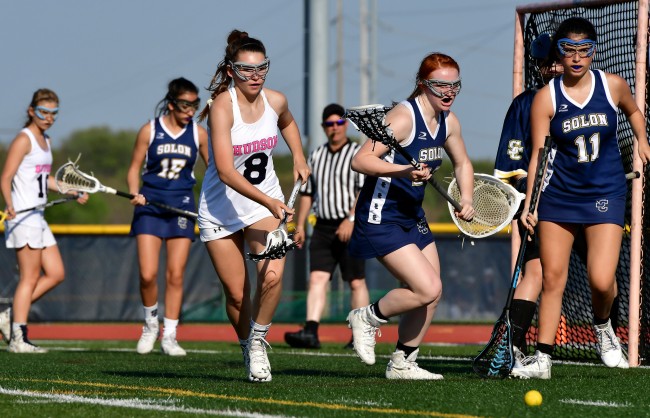
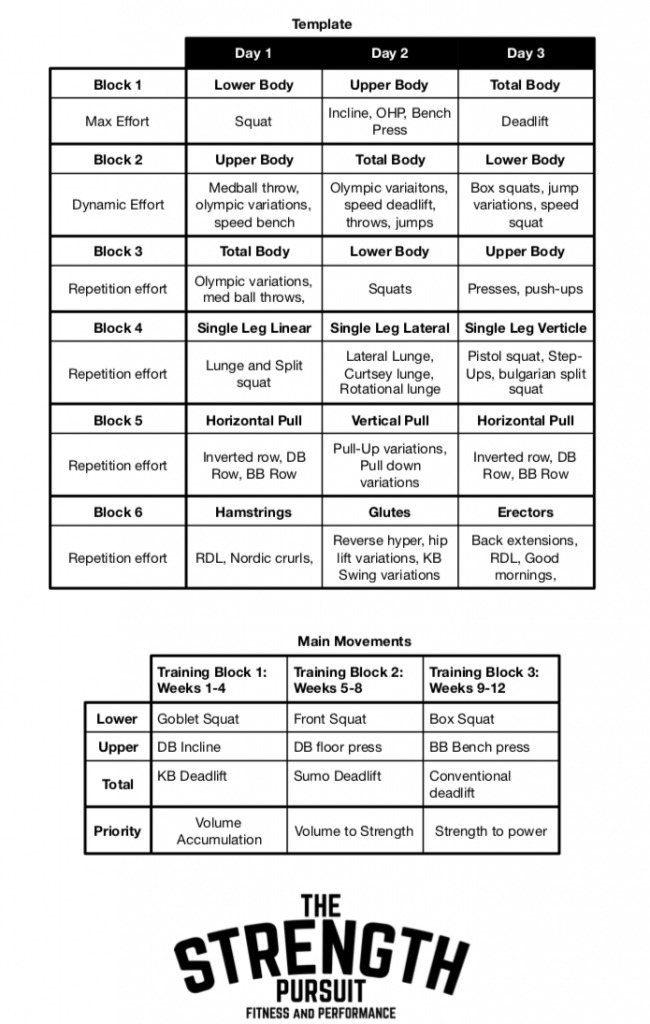
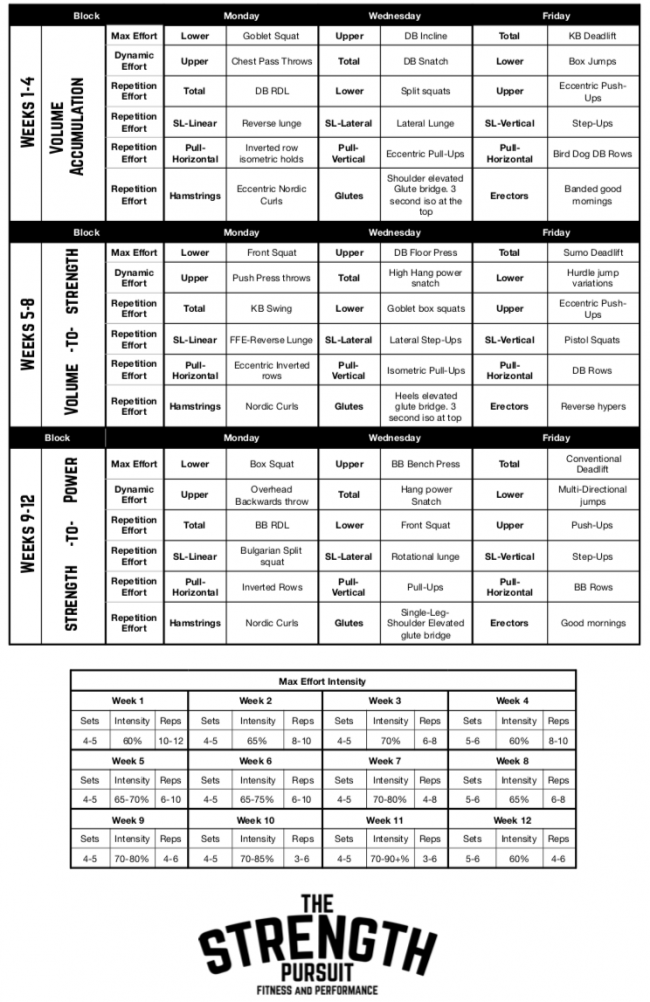
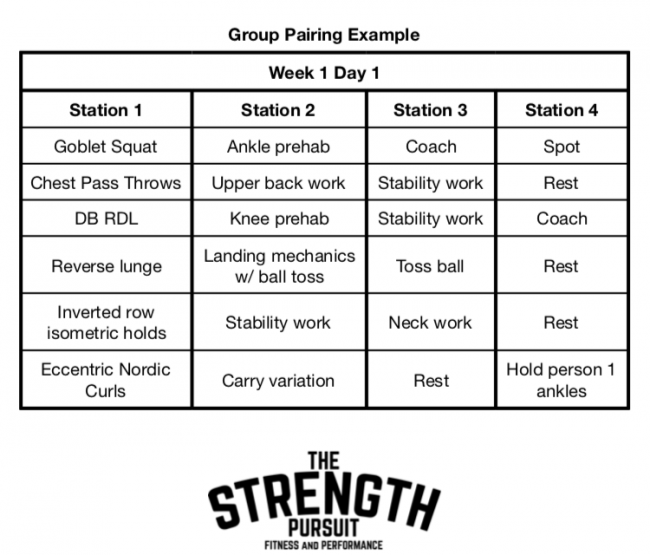

1 Comment